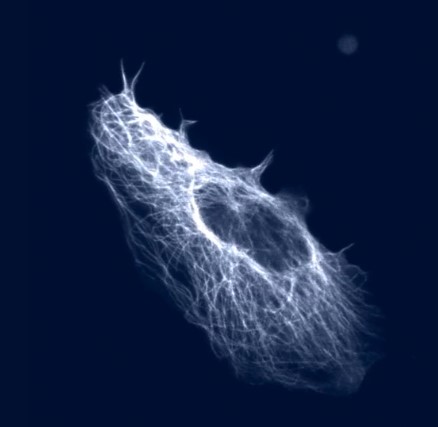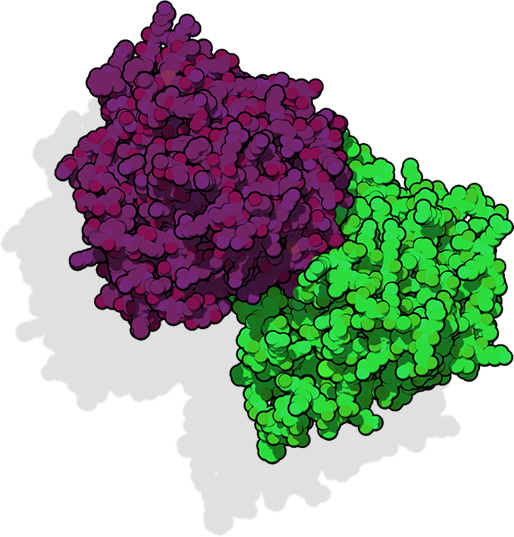Science
The physics of life
The body’s natural process of cell movement is critical to achieving specific biological outcomes, including the repair and regeneration of tissue, nerves and organs. This process is directed and regulated by hollow, tube-like structures called microtubules that form vast networks within cells.

Microtubules are polymers of a protein called tubulin and represent a primary component of the cell’s internal skeleton or “cytoskeleton.” One end of the microtubule is anchored in the center of the cell with the other end extending toward the cell edge to control the basic organization and shape of the cell.
Microtubules themselves are highly dynamic – undergoing continual bouts of growth and shrinkage. These localized shifts in microtubule dynamics, which are tightly regulated by the body’s microtubule regulatory proteins (MRPs), control the speed and directionality of cell movement. In addition to directing cell movement, microtubules also provide architectural support for elongated cell shapes and serve as railways for intracellular transport.

A novel therapeutic approach
MicroCures has developed technology to modulate cell movement to enhance and accelerate tissue, nerve and organ repair after injury or damage. Conversely the platform can also control core migration mechanisms to prevent cells from moving into unwanted areas. This novel therapeutic approach relies upon the targeted inhibition of select MRPs to optimize the speed and direction of cell movement for specific therapeutic outcomes.
For example, in an optimal circumstance, cells would migrate in a rapid and robust manner directly to a site of injury to efficiently repair tissue damage. Importantly, this accelerated cell movement will only occur at the site of the injury, where the MRPs are naturally overexpressed, and not within unaffected areas. In the case of metastatic cancer, treated cells would significantly decelerate or even halt migration to mitigate the spread of tumor cells.
Cell movement challenges in injury and disease settings
Guided by microtubule dynamics, cells naturally migrate to vulnerable areas in the body. This inherent programming is the source of multiple health benefits and disadvantages. For example, in the case of an injury, such as damaged tissue or vasculature, cells must migrate to the affected area to drive regeneration. However, the injury itself triggers microtubule disassembly, which inhibits cell migration and slows or, in some cases, prevents the healing process.
Conversely, in the case of disease, alterations in microtubule dynamics help to slow progression.

